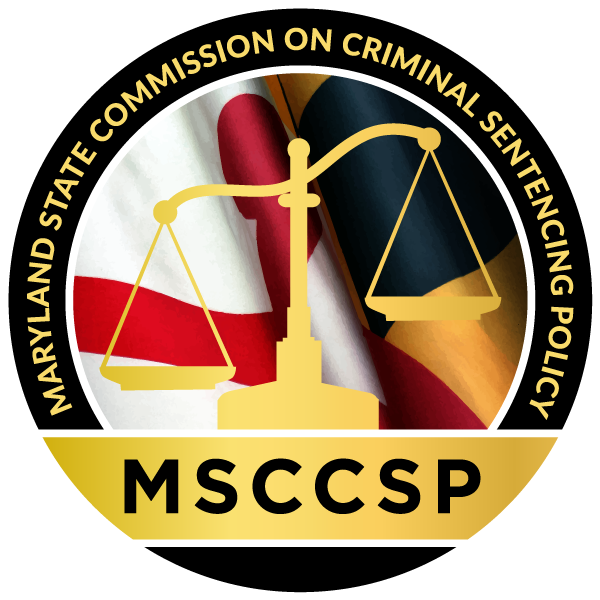Sentencing Guidelines Overview
History
The Judiciary introduced the concept of judicial sentencing guidelines in Maryland in the late 1970s. The Court of Appeals formed the Committee on Sentencing in May 1978 to review recent developments in sentencing in the United States, study the major proposals for reform, and consider sentencing practices in Maryland. The sentencing guidelines were developed, in part, based on analysis of historical sentencing practices in Maryland. Due to limitations from missing data, the guidelines were also informed by analysis of survey responses from trial judges on hypothetical cases and from policy input from other criminal justice actors (e.g., prosecutors, defense attorneys, parole board, etc.). The sentencing guidelines account for both offense and offender characteristics in determining the appropriate sentence range. Beginning in June 1981, four jurisdictions representing a diverse mix of areas piloted the sentencing guidelines. At the conclusion of the test period in May 1982, the Judicial Conference decided to continue using sentencing guidelines in the pilot jurisdictions for an additional year, given the initial success of the guidelines. After two years of experience with sentencing guidelines in Maryland on a test basis, in 1983 the Judicial Conference voted favorably on (and the Maryland General Assembly approved) the guidelines, adopting them formally statewide.
Application
The voluntary sentencing guidelines cover select circuit court cases and provide recommended sentence ranges for three categories of offenses: person, drug, and property. For each offense category, a separate matrix contains cells with recommended sentence ranges. The grid cell at the intersection of an individual’s offender score and offense seriousness category (for drug and property offenses) or offense score (for person offenses) determines the sentence recommendation. The guidelines recommend whether to incarcerate an offender and if so, provide a recommended sentence length range, based largely on the available data for how Maryland circuit court judges have sentenced similar convictions. The guidelines sentence range represents only non-suspended time.
Pursuant to Criminal Procedure Article (CP), § 6-216, Annotated Code of Maryland, the circuit courts shall consider the sentencing guidelines in deciding the proper sentence. The sentencing guidelines are advisory and judges may, at their discretion, impose a sentence outside the guidelines. If a judge chooses to depart from the sentencing guidelines, the Code of Maryland Regulations (COMAR) 14.22.01.05A states that the judge shall document the reason or reasons for imposing a sentence outside of the recommended guidelines range.
Compliance
The MSCCSP deems a sentence compliant with the guidelines if the initial sentence (defined as the sum of incarceration, credited time, and home detention) falls within the applicable guidelines range. In addition, the MSCCSP deems a sentence compliant if the judge sentences an offender to a period of pre-sentence incarceration time with no additional post-sentence incarceration time and the length of the credited pre-sentence incarceration exceeds the upper guidelines range for the sentencing event. The MSCCSP deems sentences to corrections options programs compliant provided that the initial sentence plus any suspended sentence falls within or above the applicable guidelines range and the sentencing event does not include a crime of violence, child sexual abuse, or escape. By doing so, the Commission recognizes the State’s interest in promoting these alternatives to incarceration. Finally, sentences pursuant to an MSCCSP binding plea agreement are guidelines-compliant (COMAR 14.22.01.17). The MSCCSP adopted the binding plea agreement compliance policy in July 2001 to acknowledge that binding plea agreements reflect the consensus of the local view of an appropriate sentence within each specific community. The corrections options and binding plea agreement compliance policies allow the court to set a guidelines-compliant sentence that considers the individual needs of the offender, such as substance abuse treatment, as opposed to incarceration.




